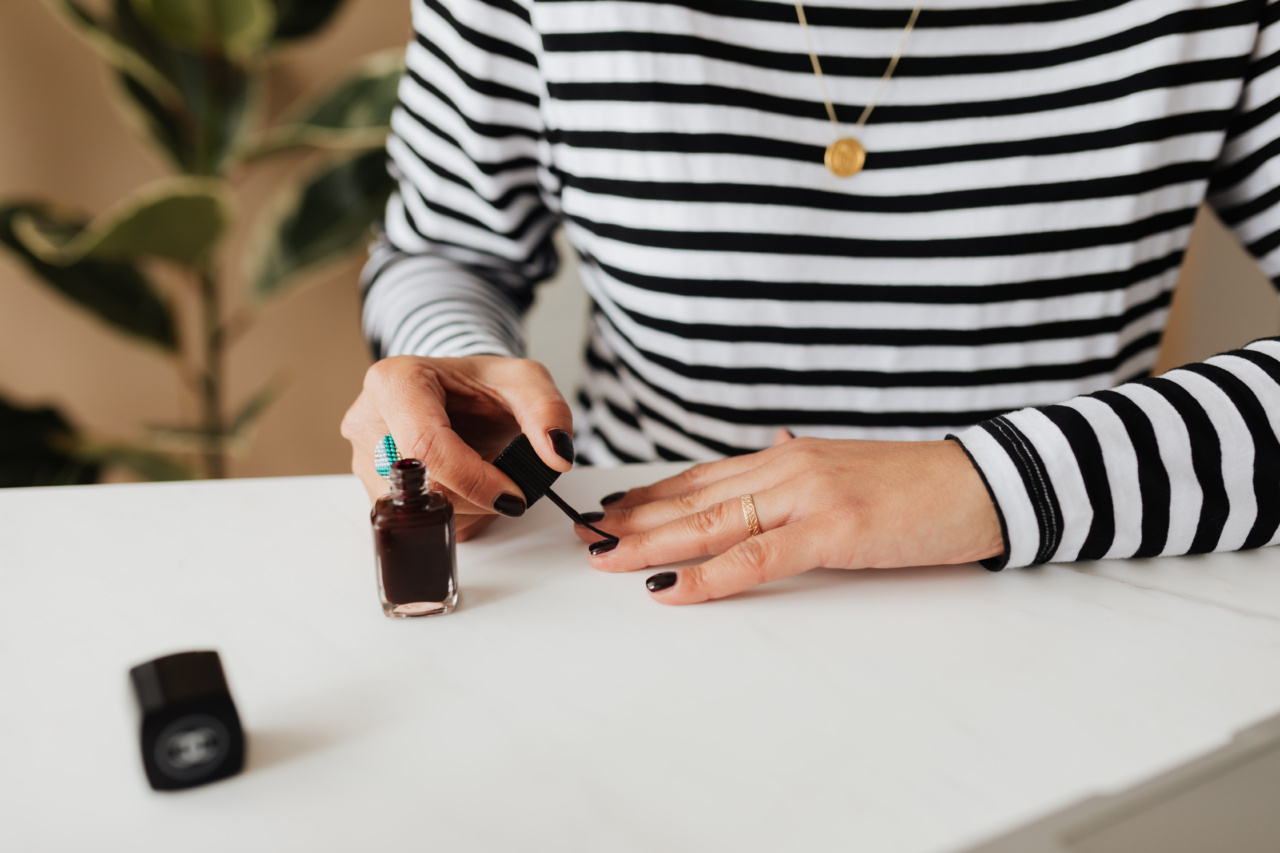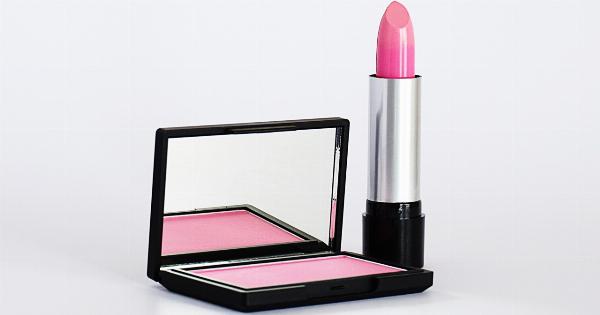Nail polish is a common beauty product used by millions of people around the world. It helps in enhancing the appearance of our nails, making them look attractive and vibrant.
However, many people are unaware that nail polish contains hazardous chemicals that can be harmful to our health and the environment. In this article, we will discuss three such chemicals commonly found in nail polishes and why you should be careful when using them.
Toluene
Toluene is a volatile organic compound (VOC) that is often present in nail polishes. It is used as a solvent to help the nail polish glide on smoothly and adhere to the nails.
However, toluene is a highly toxic chemical that can have detrimental effects on our health.
Exposure to toluene can cause a variety of health issues including dizziness, headaches, nausea, and eye, nose, and throat irritation.
Prolonged or excessive exposure to toluene has been linked to more serious health problems such as damage to the nervous system, kidney, and liver.
To minimize your exposure to toluene, it is advisable to choose nail polishes that are labeled as “toluene-free” or “3-free” which means they do not contain toluene, formaldehyde, or dibutyl phthalate (DBP).
These alternatives are less harmful and safer for both your health and the environment.
Formaldehyde
Formaldehyde is another hazardous chemical found in some nail polishes. It is used as a preservative to prevent bacterial growth in the nail polish. However, formaldehyde is a known carcinogen, which means it has the potential to cause cancer.
Exposure to formaldehyde can lead to various health problems such as respiratory issues, allergic reactions, and skin irritation.
Prolonged exposure to formaldehyde has been linked to an increased risk of certain cancers, including lung cancer and leukemia.
When buying nail polish, look for products that are labeled as “formaldehyde-free” or “5-free” which means they do not contain formaldehyde, toluene, DBP, formaldehyde resin, or camphor.
By avoiding formaldehyde-containing nail polishes, you can significantly reduce your risk of exposure to this harmful chemical.
Dibutyl Phthalate (DBP)
DBP is a plasticizer used in nail polishes to make them more flexible and resistant to chipping. However, it is also a hazardous chemical that has been associated with various health problems.
Exposure to DBP has been linked to reproductive issues, including developmental problems in unborn babies. It can disrupt hormonal balance and interfere with the normal functioning of the endocrine system.
DBP has also been linked to asthma, allergies, and skin irritations.
If you want to avoid the potential risks associated with DBP, opt for nail polishes that are labeled as “DBP-free” or “3-free.” It is always better to choose safer alternatives that do not compromise your health or the health of your loved ones.
Conclusion
While nail polish can be a fun and fashionable beauty product, it is crucial to be aware of the potential hazards associated with its use. Toluene, formaldehyde, and DBP are just three of the many hazardous chemicals commonly found in nail polishes.
These chemicals can have detrimental effects on our health and the environment.
To protect yourself from these harmful effects, it is advisable to choose nail polishes that are labeled as “3-free” or “5-free,” indicating that they do not contain toluene, formaldehyde, DBP, formaldehyde resin, or camphor.
By making informed choices and opting for safer alternatives, you can still enjoy beautiful and vibrant nails without compromising your health.






























